There is no better way to experience the world’s beauty than by rollerblading. You’ll have fun, experience exhilaration, and feel great!
The downside to rollerblades is that they can be hazardous and stopping them is also quite challenging. One way to stop rollerblades is the hockey stop.
If you are unfamiliar with hockey stops, don’t worry! We’ll explain everything you need to know here!
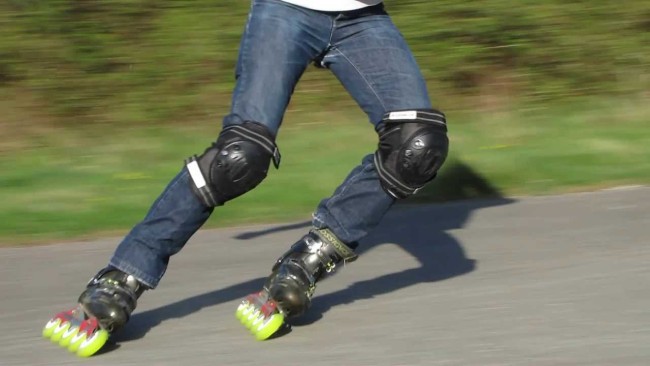
How to Hockey Stop on Rollerblades?
How to do the stopping?
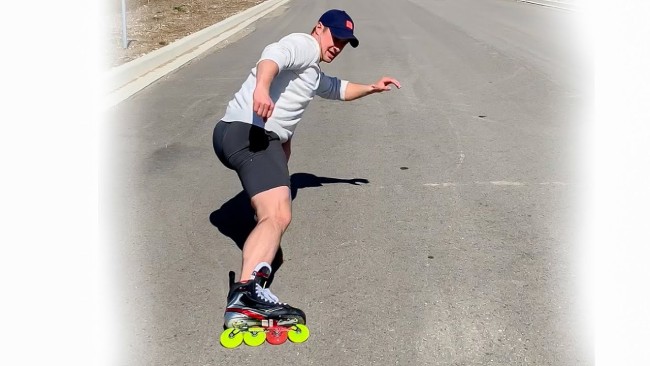
Stopping on rollerblades requires you to learn how to transition your weight to the back. You then need to make a sharp turn in order to slow and stop.
How to do the balancing?
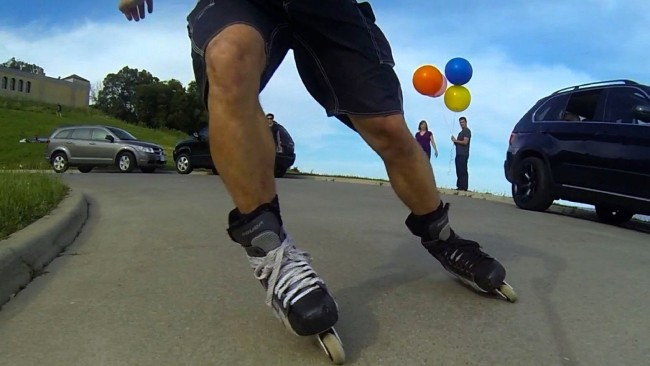
Rollerskates are good to learn on as they have a wider wheelbase which allows for good balance. This helps transition to rollerblades.
These types of skates have multiple locking systems so you can secure your feet. This can help to build confidence which will help you balance.
How to practice two-foot crossunders?
Doing this will help build up the strength of your inside, cross-under leg. Allow it to pull harder in your turns, helping you to speed up more effectively.
Make sure to go in a circle both forwards and backward while doing this exercise. The techniques are:
- Bend your knees two inches above your skate toes
- Maintain constant contact between both skates and the ground
- Use the outside foot to perform a half-moon cut (C-cut), ensuring that it is always inside the foot
- Cross the inside foot under the outside foot, forming the letter “Y” while never leaving the ground. This is the equal of a half-moon shape on the outside edge.
- Push with 100% of your body weight
Things to Remember When Hockey Stopping
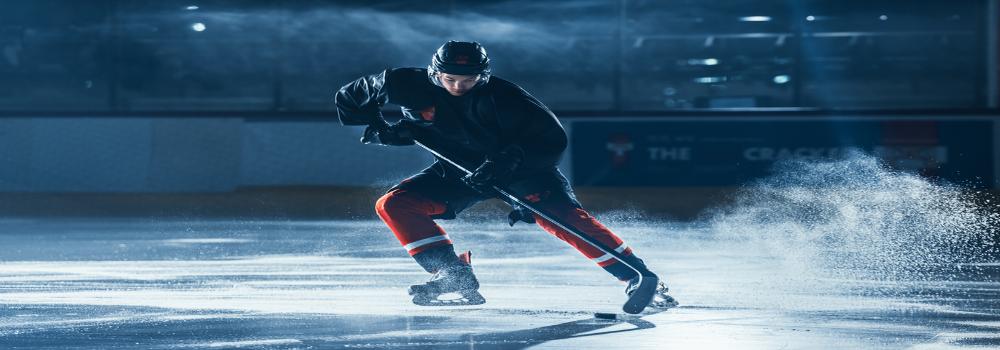
Overcome your mental blocks
People can’t learn to stop hockey-style due to their mindset. You cannot understand and experience the light stop feeling if you don’t get out and try it.
In the beginning, stopping in such a fast and fluid movement seems unsettling.
Mentally challenged individuals should begin slowly and increase their agility as they progress. Tip: don’t go too slow as it will be more complicated or impossible to perform, and the pace will be too slow.
Start your practice at a low speed
Start and stop slow. You’ll only use one leg at first to stop. If you are starting out, you might want to try holding on to your boards and sliding your skates sideways. Push off with your leg.
Now move on to the next step.
Practice stopping with both legs
Keep practicing stopping with both of your legs. Your body should be able to stop in both directions when using hockey stops. Stopping like this puts you halfway there.
Keep your knees over your toes
You will want to keep your knees over your toes as you take your stance and learn to hockey stop.
Maintain the same momentum when you turn
When you turn your skates, your momentum should continue to travel in the same direction. Do this the same as your previous movement. Right up to the point where you stop.
Take time to master the technique
Skating isn’t as easy as the pros make it appear. Perfecting a hockey stop takes practice and time.
Why you don’t want to lose balance when hockey stopping
Too much forward and backward leaning
People make many mistakes when learning to stop. Even though this is normal, it is a good idea to minimize the mistakes and falls if possible. Over-shifting your weight is one of the most common mistakes
Putting too much weight forward will likely result in you falling forward. Especially when you catch your skate’s edge completely. Most likely, you will fall over. Leaning too far back could result in losing balance and falling.
Balancing your weight
Take a few strides and then glide for a few seconds to ensure your balance. Lift the weight from your strong leg, rotate your hips, turn the skate 90 degrees, then place that foot forward.
When you turn your skate, it should almost be parallel to the other skate. Using your strong leg will now cause you to slow down, then stop.
Balance yourself by using the other leg. Practice this method until you are accustomed to using your strong leg’s inside edge to stop.
FAQs
1. Can I add brakes to rollerblades?
Ans. The answer is yes. You can mount heel brakes on the axle with long metal brackets
2. Why do I need brakes on rollerblades?
Ans. Brakes help to prevent injury. Professionals don’t always use brakes but they are perfect for beginners and novice skaters.

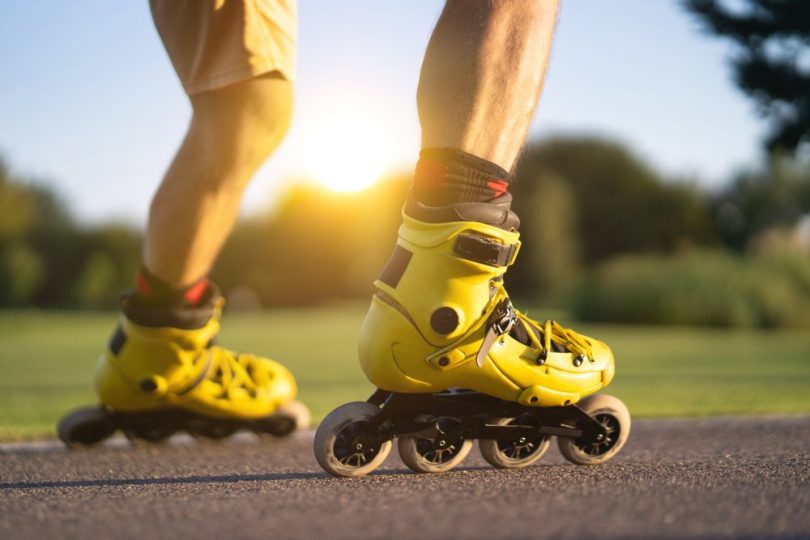
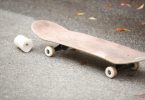
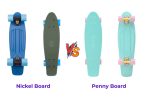
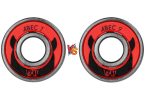
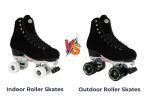
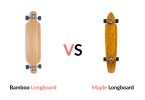
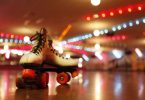

Leave a Comment